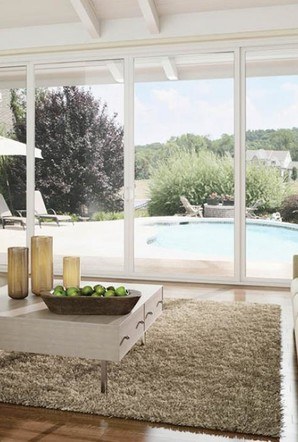Windows
Patio doors
Operating style
Project planning
Start planning your project
What type of project are you starting?
Home improvement projects are an important investment of your time and money. There are several important steps that you can take to effectively plan your project, and ÐÓ°ÉPro has the resources you need to get started.Ìý
Support
For pros






















